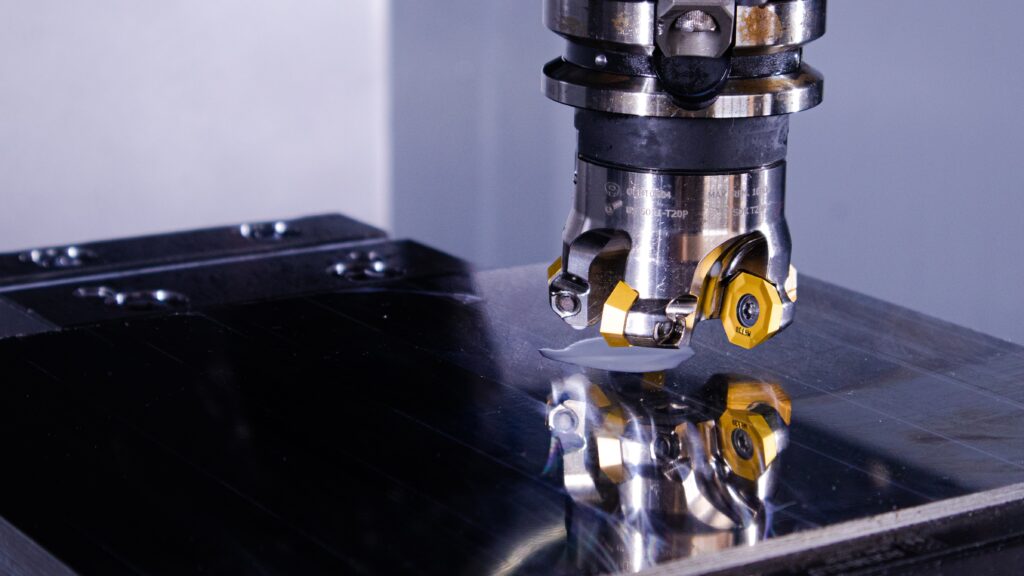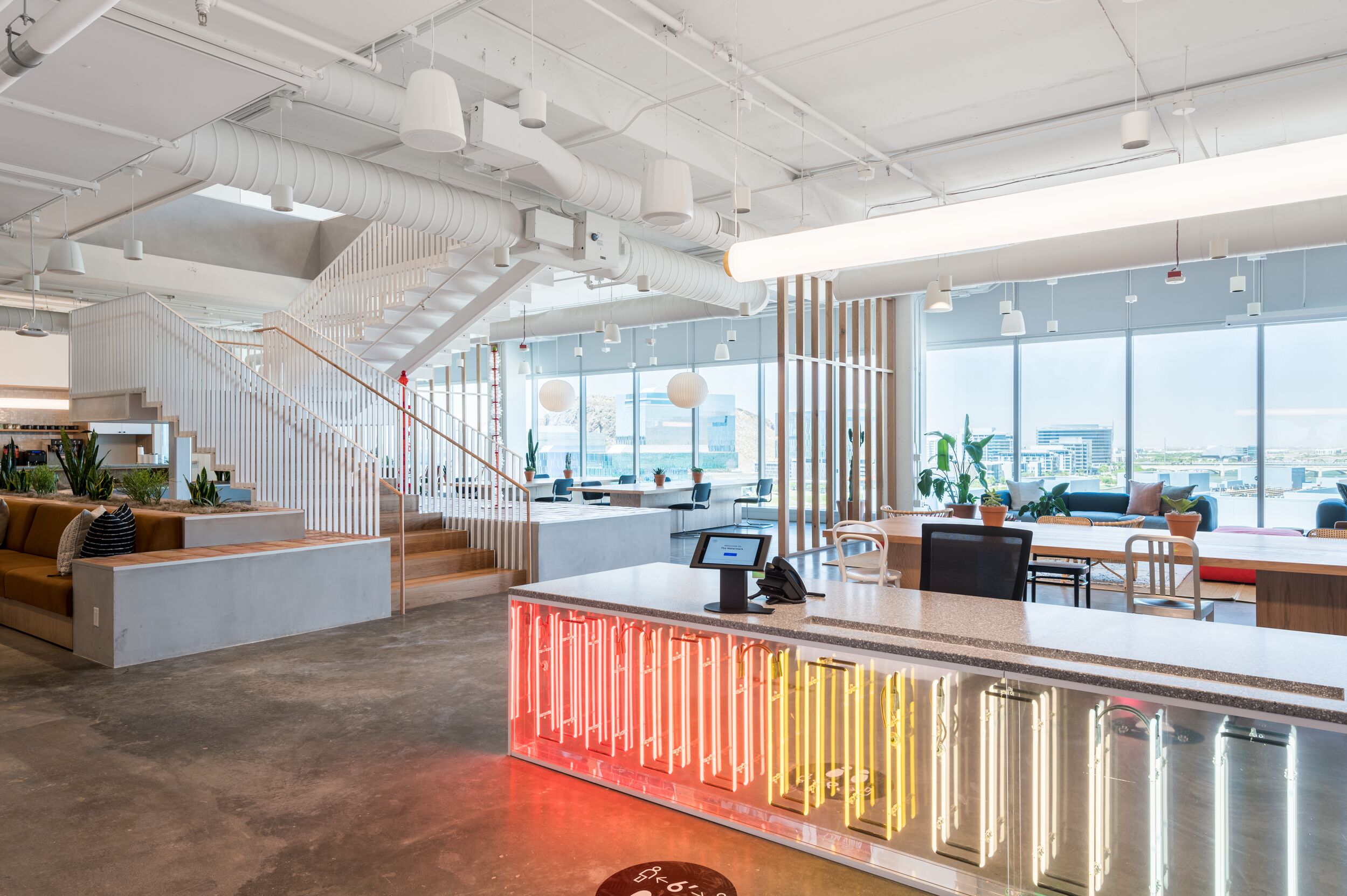
Maintenance management is critical to the success of company administration in every industry. Maintenance administration is essential for ensuring the operating effectiveness of assets and spaces in industries, hotels, retail, and eateries, among other establishments.
Maintenance management involves sustaining a firm’s assets and resources with the primary goal of controlling and reducing costs, time, and resources. It involves regular inspections of machines, machinery, premises, and tools to ensure they are operating correctly.
Production halts due to faulty equipment are avoided, as is resource waste in ineffective maintenance operations. As we all know, the relationship between maintenance and production is rather tense, but they all depend on each other for survival and success.
Maintenance enables administrators to regulate all operations so that everything runs as planned and without unanticipated breakdowns, rather than being startled by unplanned occurrences and technical faults that could disrupt the firm’s productivity.
One of the primary goals of maintenance management is to plan and schedule appropriately. As a result, the best equipment and facility maintenance procedures, such as preventive and corrective maintenance, must be defined. It is feasible to remove technical glitches and keep gear, machines, and plants operational and available using these tactics.
Why is Maintenance Management Necessary?
Maintenance operations are concerned with repairing, replacing, and servicing individual elements or groups of parts in a production facility to keep running at a predetermined level of ‘availability’ for a set length of time.
As a result, maintenance management can be thought of as a rehabilitative activity of production management, tasked with preserving equipment/machines and plant services in good working order.
The fundamental goal of maintenance has always been to reduce machine failures and delays. Still, the tactics used by maintenance management to accomplish this goal have changed dramatically in the past.
As a result, maintenance management is linked to the coordination and organization of numerous resources to maintain availability and performance. The sole purpose of maintenance has been to fix broken equipment and restore it to working order in the shortest period possible.
The requirements for the maintenance system were not particularly remarkable due to the use of primarily general-purpose/conventional machinery with limited manufacturing output. However, the industrial landscape has changed dramatically due to rapid advances in design, development, and regulatory control such as electronic, NC, and CNC in machine tools.
The trend to standardize and exchange machine components has developed as dimensional constraints, and the surface finish has become more demanding.
Even minimal downtime causes severe production challenges, both technologically and economically, in today’s production setups. All of this is attributable to the fierce competition in the industry.
The Significance of Maintenance
Maintenance is a vital aspect of quality control, and it can even influence a firm’s extended survival. Unstable supplies might halt production partially or altogether. For most businesses, malfunctioning devices or complete breakdowns can be a costly procedure.
Whenever machines start breaking down, the labor price per unit grows until the machines resume regular operation. In this case, there will be additional fees for repair facilities, technician/repair team, preventative maintenance checks, spare components, and other expenditures for preventive maintenance inspections. These are some of the issues that a company may face over time if a trustworthy maintenance management system is not implemented – even if the business has recently purchased new machinery.
Management Goals
Maintenance management aims to improve an organization’s productivity by ensuring that its production facilities operate reliably and effectively. This can be accomplished by preventing as many failures or breakdowns as feasible, as well as minimizing output losses caused by failures. The following are the primary goals of maintenance management:
Keeping maintenance costs low
Maintenance costs have long been a concern for businesses! The likelihood of a failure increases whenever assets are not adequately handled. It leads to high maintenance costs since numerous tasks must be completed, including the replacement of a broken component. In addition, the maintenance crew makes every effort to get the asset up and running as soon as feasible.
Follow the rules and regulations
It doesn’t matter what industry your company is in; laws and regulations apply to all types of businesses. If your company’s assets aren’t kept up to date, it could endanger your employees’ lives and harm the environment.
Moreover, if it is discovered that your assets are not being properly maintained, your company will be fined. However, if assets are appropriately kept, there will be no concerns with adherence or laws and guidelines.
Reduce the likelihood of equipment breakdown and production delays
Maintenance technicians want to increase equipment reliability, and they are better equipped to do so when preventive service operations are well handled. To keep machinery functioning and avoid failure and production delays, maintenance practitioners must remain on top of preventative maintenance. Simultaneously time, because downtime cannot be averted entirely, machine fixes must be completed fast and effectively.
Create more effective policies, processes, and criteria
The article’s final maintenance management goal is to consistently establish and enhance rules, methods, and guidelines that result in better-maintained gear and lower costs. Maintenance and other departments must work together to organize, manage, and coordinate maintenance tasks in order for this to be effective.
This covers things like understanding how to submit maintenance problems to the maintenance department, what system to utilize to convey production and maintenance timetables, and how others will be informed about asset repair progress.
Boost your productivity
Whenever a job gets completed correctly, including prioritizing maintenance jobs and swiftly resolving faults, the machine can run for several hours without breaking down. As a result, work becomes more effective and fruitful, and when productive labor is produced, the ROI improves. It also signifies that the company’s bottom line has grown.
Key Takeaways
What conclusions should we draw from this?
- Maintenance management is keeping a company’s assets and resources in good working order.
- Its primary goal is to improve company procedures and safeguard assets.
- There are several instances of both proper and improper maintenance management.
- Maintenance management can take several forms.
- Maintenance management software is well worth the initial cost and effort to set up if you want your business to attain its maximum potential.








